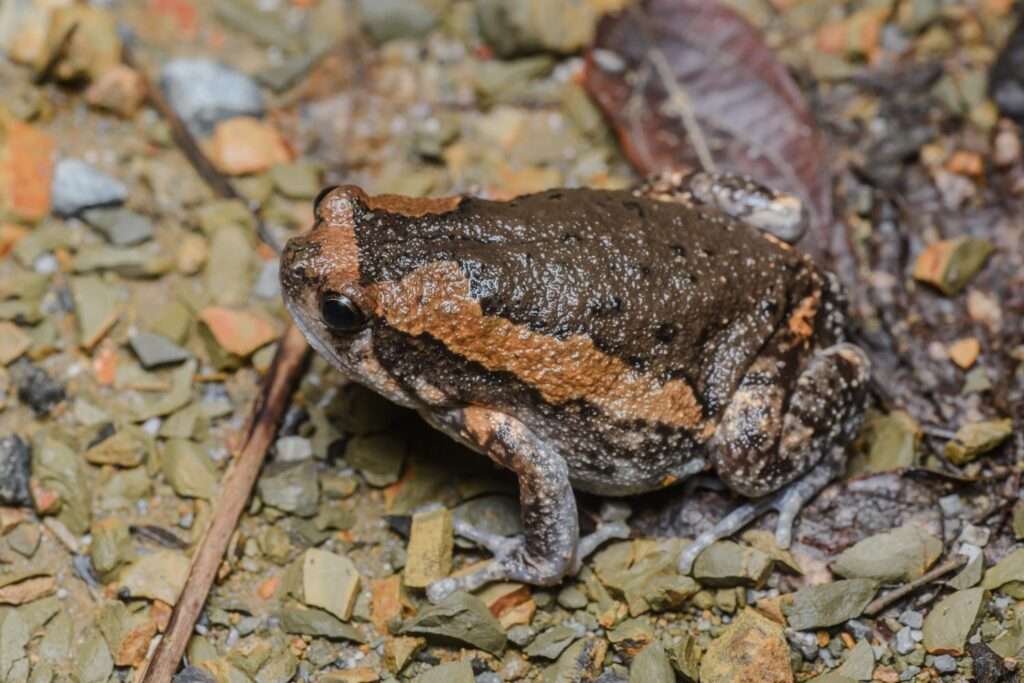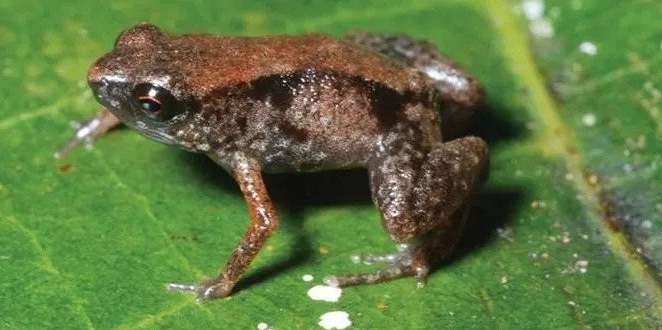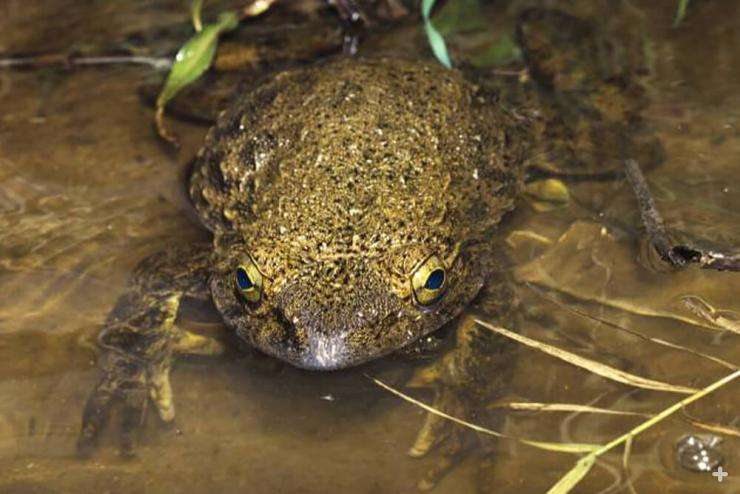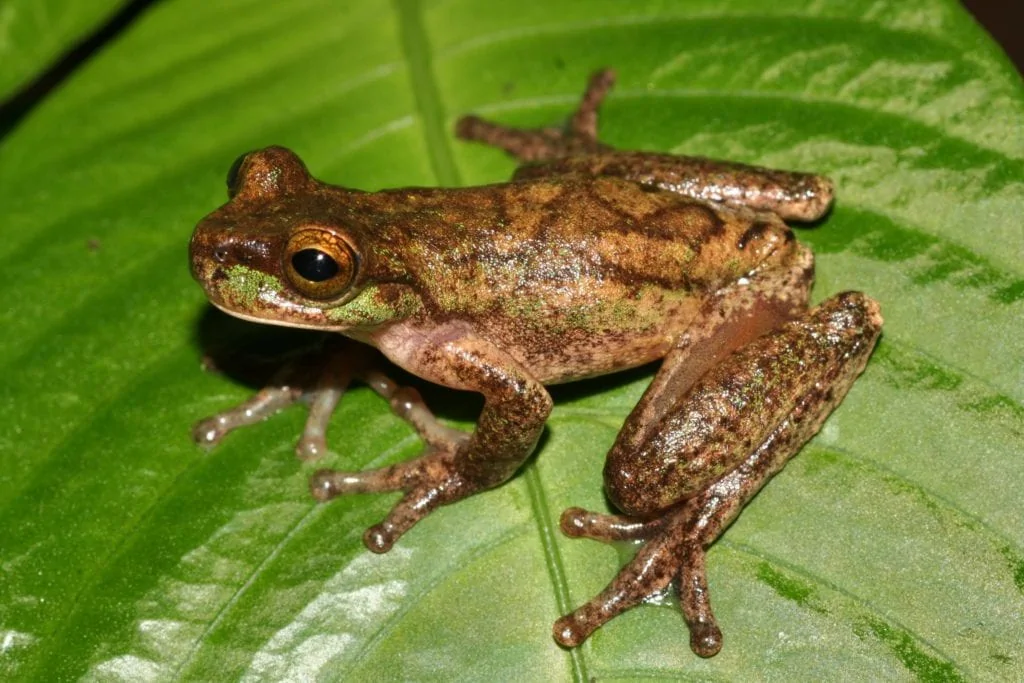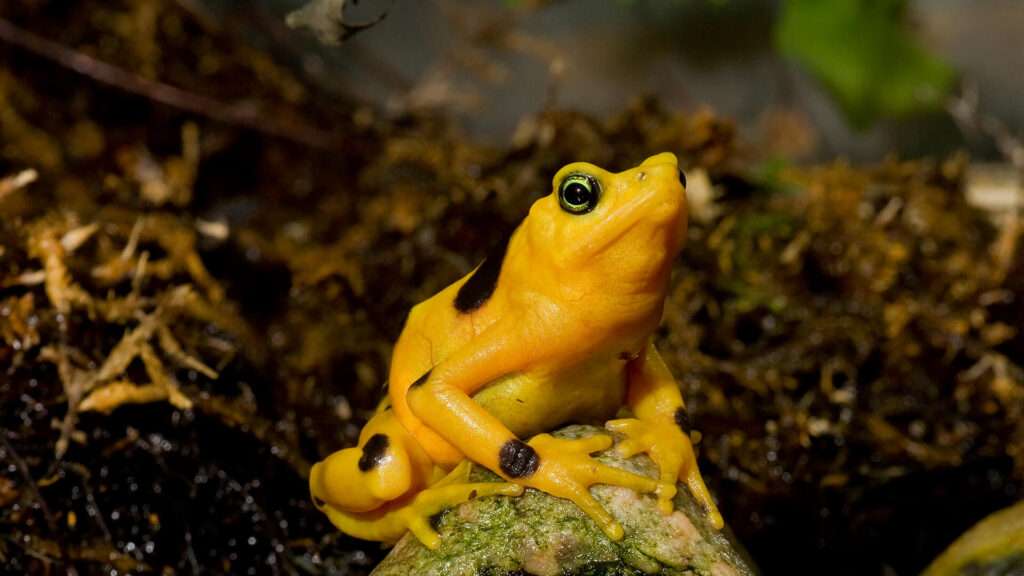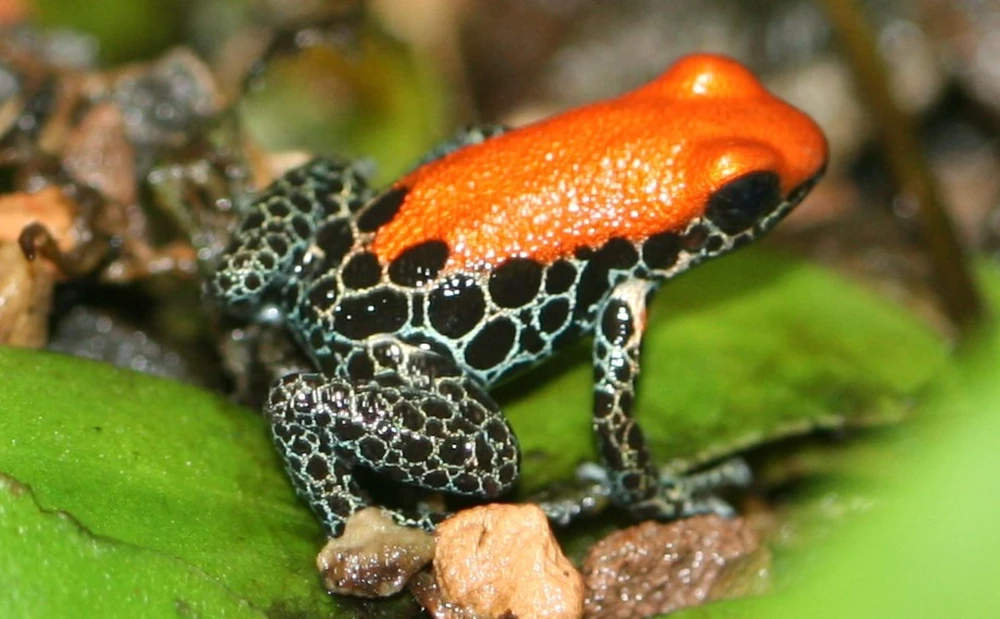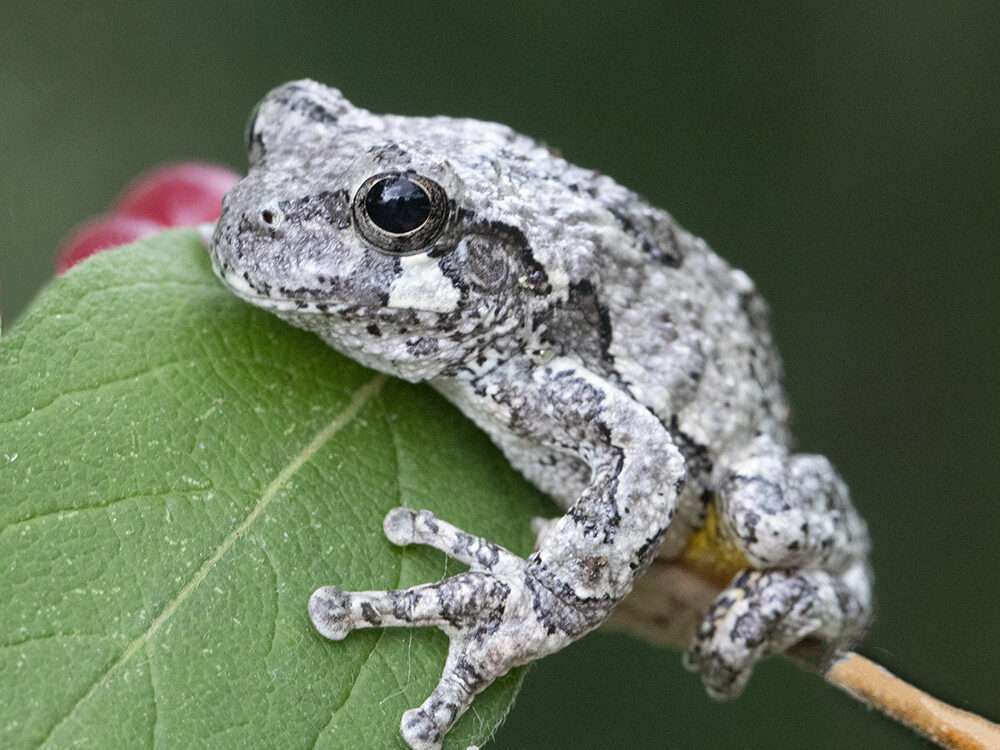Banded Bullfrog
These frogs have spherical bodies, mahogany brown backs, and cream stomachs. They are members of the narrow-mouthed frog family. The characteristic side stripes can be any colour, from salmon pink to copper-brown. Compared to females, males have darker necks. Frogs typically have a length of 7-8 cm, with females being larger than males. They could […]


